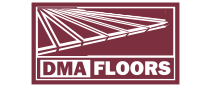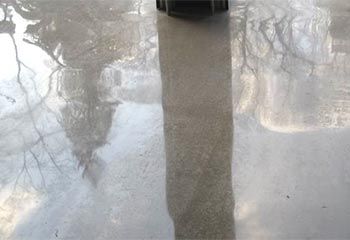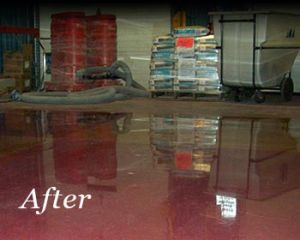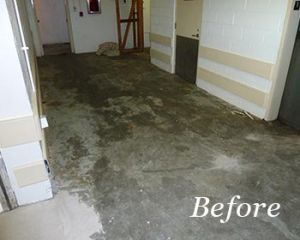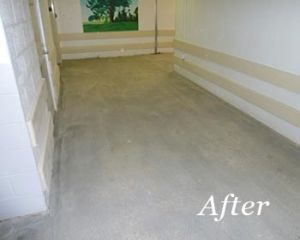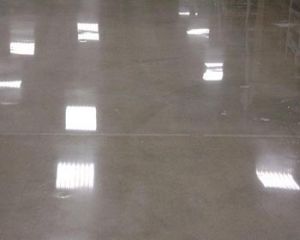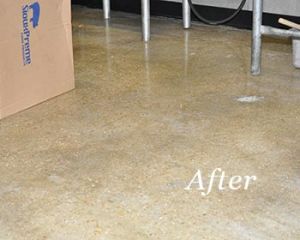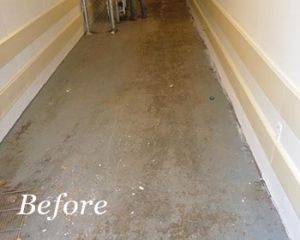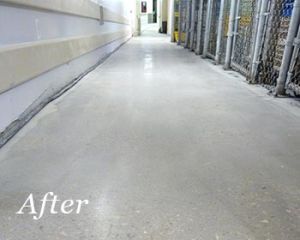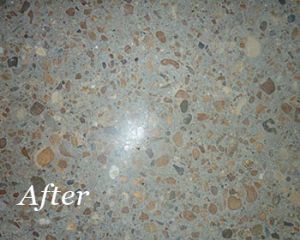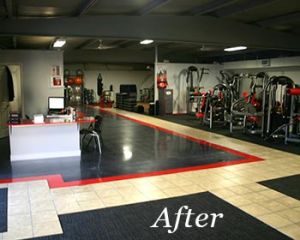The Basics

Processing
Processing is the act of changing a concrete surface by means of a multi-step mechanical process that involves cutting and or refining the surface to maximum potential with bonded abrasive medium where each step cuts progressively finer microscopic peaks and valleys. Each step must be refined to its maximum potential in which the abrasive no longer cuts, or cuts very little under its current weight (Concrete Polishing Council).
Aggregate
Aggregate exposure is a result of grinding a concrete surface with bonded abrasives in as many abrasive grits as needed to achieve one of the following (Concrete Polishing Council):

Class A (Cream Finish) has very little depth of cut and provides minimal aggregate exposure.

Class B (Fine Aggregate/Salt and Pepper)
has about 1/16" cut depth and fine aggregate exposure with no to little random medium aggregate exposure.
Class C (Medium Aggregate)
has about 1/8" cut depth exposing the medium sized aggregate with no to little random large aggregate exposure.Aggregate exposure is difficult to control as the depth of the aggregate can vary through a slab (even in a single pour). Finishing and placing methods can alter aggregate depth (screed boards can push aggregate lower, and heavy trowelling can create a thicker cream pushing the aggregate lower. Flatness of the slab can also impact what grinding will expose. High areas due to slab curl or rolls in the floor will typically present with more aggregate than low points. Concrete mixes can be designed to help reduce this. Concrete mix design can also be used to specify decorative aggregate such as recycled glass or granite.
Reflective Clarity and Sheen
Prior to application of a polish guard or sealer, polish a concrete surface with the minimum number of bonded abrasives to achieve the desired result, in accordance with the Aggregate Appearance Chart.
Reflective clarity is when the surface is viewed from 5 feet above and perpendicular to the surface, and is a measure of the degree of sharpness of the reflection of overhead objects.
Reflective sheen is the degree of light reflection off the surface typically measured at a 60° angle.
